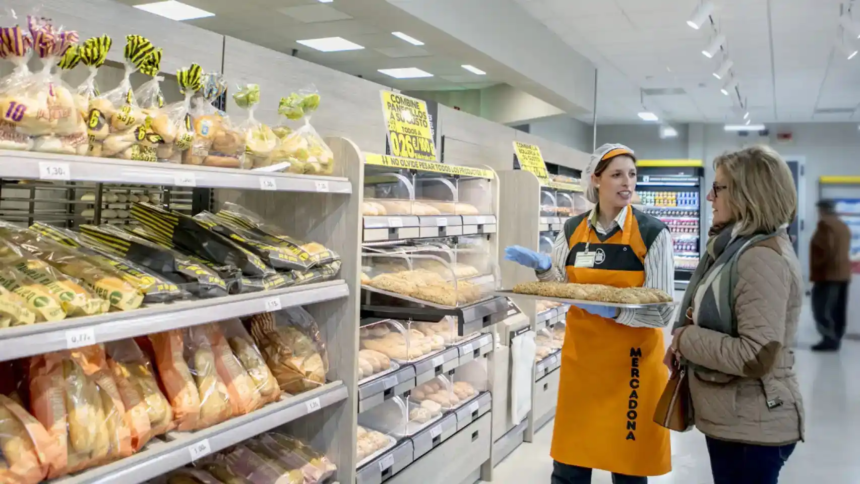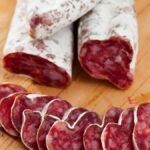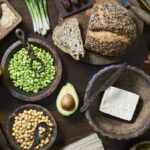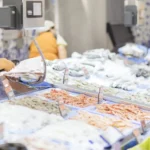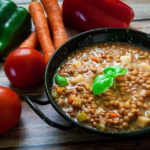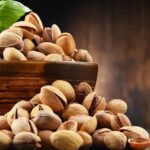Introduction: The art of mastering paella or rice dishes is a shared aspiration among gastronomy enthusiasts across Spain. This fabulous dish, with its robust flavors and deep-rooted tradition, epitomizes our country’s culinary artistry in a unique and captivating way. Mastering this iconic recipe not only involves knowing and applying specific techniques but also understanding the essence of Mediterranean cuisine, which has forged its identity through dishes like this.
Easier Cooking with Mercadona’s Frozen Paella Mix: To simplify the cooking process, the market offers various products, one of which is the Ultra-Frozen Paella and Soup Mix by Hacendado, found in Mercadona’s frozen foods section. Its ease of use, requiring no prior thawing, makes it a convenient option for home cooks.
Produced by the Galician company Congalsa, this mix, now priced at €3.95 after a price reduction, comes in a 685g drained package. It offers a seafood blend including prawns, langoustines, squid, cuttlefish, clams, and mussels. With only sodium metabisulfite as a preservative, it ensures the seafood retains its organoleptic properties.
Proteins and Iron Content Compared to Lentils: Incorporating the ingredients found in this mix boasts numerous advantages. Seafood, rich in proteins and minerals, notably iron, plays a vital role in various bodily functions, particularly in hemoglobin production for oxygen transport.
The iron content in seafood surpasses that of lentils significantly. For instance, prawns, langoustines, and mussels contain between 8 and 14 mg of iron per 100 g, doubling the 7% found in lentils. Clams, on the other hand, top the charts, providing an impressive 24 mg of iron per 100 g—triple that of lentils and even surpassing red meat.
Comparing these figures with recommended daily iron intake highlights the significance of seafood. Adult men require around 8 mg of iron daily, while adult women, especially those of childbearing age, need approximately 18 mg due to menstrual losses. During pregnancy, this requirement increases to 27 mg to meet the fetus’s additional demands, and infants need between 7 and 15 mg, depending on their age. Just 100 grams of clams would suffice to fulfill these needs.
Additional Nutritional Benefits of Seafood: Apart from iron, seafood is rich in vitamin B12, crucial for nerve function and red blood cell formation. Furthermore, the abundance of omega-3 fatty acids, though lesser in clams compared to other fatty fish, enhances their status as a palate-pleasing and health-promoting food choice.
Historical and Simple Recipe: The history of paella dates back to the 18th century, with its origins believed to be even older. Initially a humble dish cooked outdoors over a wood fire in large pans called “paelleras” in rural Valencian settings, it featured ingredients like chicken, rabbit, green beans, and “garrofó” beans. Over time, it evolved into a luxurious meal enjoyed by Valencia’s bourgeoisie and aristocracy, incorporating sophisticated ingredients such as seafood and exotic spices.
Today, there are numerous variations of paella, from the classic Valencian paella to meat, fish, seafood, vegetable, and “arròs al senyoret,” among others. Crafting a delicious rice dish is straightforward: prepare a sofrito, add the pre-mixed ingredients, simmer, add rice and water, season, and cook until done. For those daring to try, this exquisite seafood paella promises to delight anyone fortunate enough to taste it.

